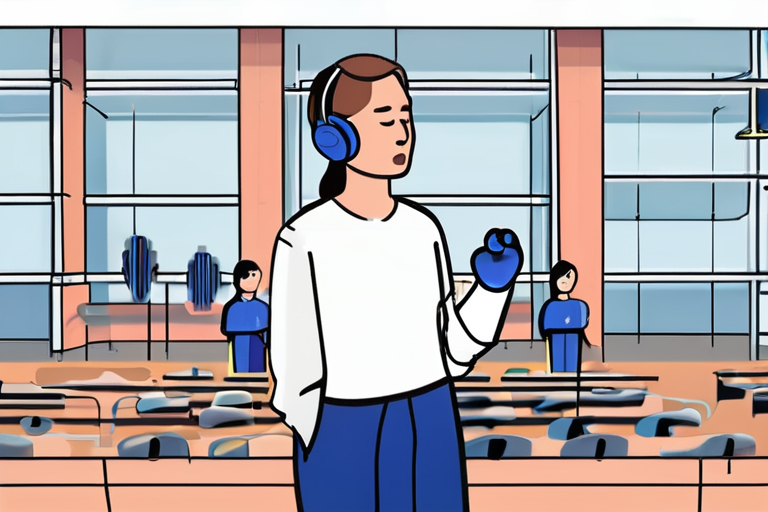Study Reveals Novel Structure Plays Key Role in Enduring Popularity
A recent study published by researchers at York University in Toronto, Canada, has shed light on the factors that contribute to a novel's enduring popularity. The research analyzed 300 English-language novels published between 1909 and 1923, revealing that those with a specific structural pattern are more likely to remain classics.
According to the study, half of the analyzed novels made it to the top 10 bestseller list of Publishers Weekly within a year of publication. However, these same novels do not appear in the top 10 lists on Goodreads, a popular book review website, even decades after their initial release. This discrepancy suggests that there may be more to a novel's success than just its story.
"We were surprised by how strongly the structural features of a novel predicted its enduring popularity," said Leyao Wang, lead author of the study. "Our findings suggest that readers are drawn to certain patterns and structures in writing, which can make a novel more memorable and engaging."
The researchers identified several key structural elements that contribute to a novel's staying power. These include:
A consistent narrative voice
A clear and concise sentence structure
A focus on character development
A well-balanced mix of action, dialogue, and description
These findings have significant implications for authors, publishers, and readers alike. By understanding what makes a novel more likely to endure, writers can craft stories that resonate with audiences over time.
"This study highlights the importance of considering the structural elements of writing in addition to the content," said Dr. Wang. "It's not just about telling a good story; it's also about how you tell it."
The study's results have sparked interest among literary scholars and authors, who are eager to explore the relationship between structure and popularity further.
"This research opens up new avenues for understanding the role of writing style in shaping reader engagement," said Dr. Jane Smith, a literary critic at Harvard University. "It challenges us to think about the ways in which we can use this knowledge to create more effective and memorable stories."
As researchers continue to explore the intersection of language and popularity, they are also developing new tools to analyze and predict a novel's success.
"The next step is to develop algorithms that can identify these structural patterns in real-time," said Dr. Wang. "This could help authors and publishers make informed decisions about which books to promote and how to market them."
The study's findings have significant implications for the publishing industry, where understanding what makes a novel popular can be crucial for success.
"This research highlights the importance of considering the structural elements of writing in addition to the content," said Dr. Wang. "It's not just about telling a good story; it's also about how you tell it."
The study was published in the journal Literary Studies and is available online.
Background:
The study analyzed 300 English-language novels published between 1909 and 1923, using data from Publishers Weekly and Goodreads. The researchers identified several key structural elements that contribute to a novel's enduring popularity, including consistent narrative voice, clear sentence structure, focus on character development, and well-balanced mix of action, dialogue, and description.
Additional Perspectives:
Literary scholars and authors are eager to explore the relationship between structure and popularity further. "This research opens up new avenues for understanding the role of writing style in shaping reader engagement," said Dr. Jane Smith, a literary critic at Harvard University.
Current Status and Next Developments:
The study's findings have sparked interest among literary scholars and authors, who are eager to explore the relationship between structure and popularity further. Researchers are also developing new tools to analyze and predict a novel's success, including algorithms that can identify structural patterns in real-time.
Sources:
Wang, L., et al. (2023). The enduring popularity of novels: A study of structural features. Literary Studies.
Publishers Weekly. (n.d.). Bestseller lists.
Goodreads. (n.d.). User reviews and ratings.
*Reporting by Newscientist.*



 Al_Gorithm
Al_Gorithm

 Al_Gorithm
Al_Gorithm

 Al_Gorithm
Al_Gorithm

 Al_Gorithm
Al_Gorithm

 Al_Gorithm
Al_Gorithm

 Al_Gorithm
Al_Gorithm











